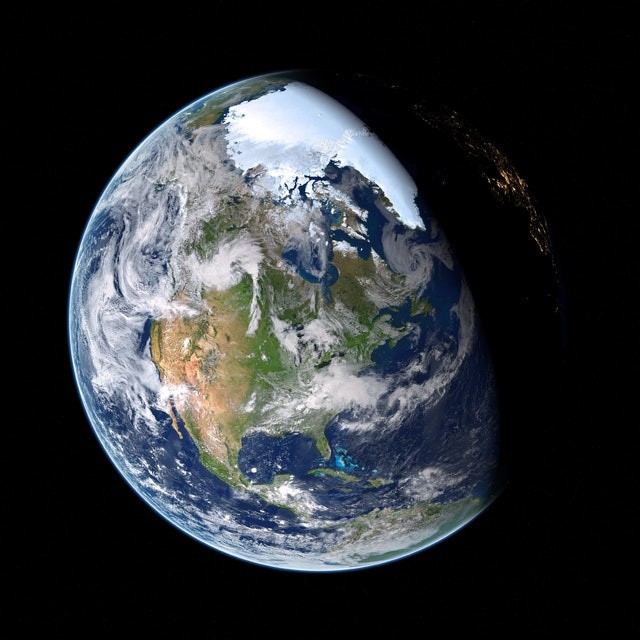According to a model of tectonic plate motion, Eurasia and Ameria would amalgamate to form Amasia, a supercontinent. According to national geographic, the earth measures up to 148 million square kilometers. The ocean covers up to three-fourth of the surface, the seven continents make up other parts of it, and then there are islands that are not considered continents.

The earth consists of three main parts, the core, the mantle, and crust. Tectonic plates are formed by the crust and part of the mantle. The heat from the core of the earth brings about the movement of the tectonic plates. Over millennials and centuries, these movements have been constant. The motion brought about by this heat form supercontinents. Columbia, Rodinia, and Pangea are examples of those supercontinents formed millions of years ago.
ALSO READ - Lost Continent? Scientists Reveal Existence Of Ancient Continet Deep Under The Indian Ocean
Formation of Supercomtinents
About 3.5 billion years ago after the continental plates began to drift. 'Ur' the first continent ever formed happened 3 billion years ago, from primitive islands coming together as one. Ur was a city in ancient Mesopotamia. Overtime the coastline has shifted, the city is now main inland and located near modern-day Iraq. The remaining parts can be found in India, Madagascar, and Australia. Half a billion years later, volcanic action prompted the formation of 'Kenorland'.
John Tuzo Wilson also known as "Jock" was the first geophysicist to form the theory that in every 600 million years or lesser, a new supercontinent would form as this happens in a regular circle. Pangea Ultima was a name given to an hypothetical supercontinent by Christopher Scotese In 1982. He assumed that would be the last super-continent hence the suffix "Ultima" meaning last. He later replaced Ultima with Proxima which means next. This is because the earth has enough thermal energy to form yet another supercontinent.
Researchers from South Africa and America postulated a different theory. They believed that America, Europe, Asia, and the North Pole would fuse to form another supercontinent, "Amasia"
"Novopangea was again postulated by geophysicist Roy Livermore in the 1990s. According to him, all continents would merge, bringing about a singular landmass from the tip of the pole to the bottom.
More recently in 2016 American scientists yet again put forward a concept he called "Aurica" similar to "Novopangae". But instead of from pole to pole, the landmass would form close to the equator.

Recent Study
Currently, a study has suggested a new model. This was done after the analysis of the other supercontinents. According to the researchers, for a supercontinent to form, one bigger than the others, there would be a formation of a mega continent. Mega continents are smaller than the supers'. These would form along subduction zones which would act as a blockage and finally prompt the smaller mega continent to combine as one.
The ring of fire, also known as the circum pacific belt was formed about 175 million years ago from the breakage of Pangaea. Eurasia was formed from the expansion of both the Atlantic and the Indian oceans and the combination of Europe and parts of Asia.
According to the study, In 50-200 million years, Eurasia would merge with America to form a new super continent. There isn't conclusive evidence yet on where this supercontinent would be positioned in the globe but the researchers believe it would be in the polar region and arctic ocean.
For more news, stories about continents and similar stories, don't forget to follow Nature World News!
© 2025 NatureWorldNews.com All rights reserved. Do not reproduce without permission.





